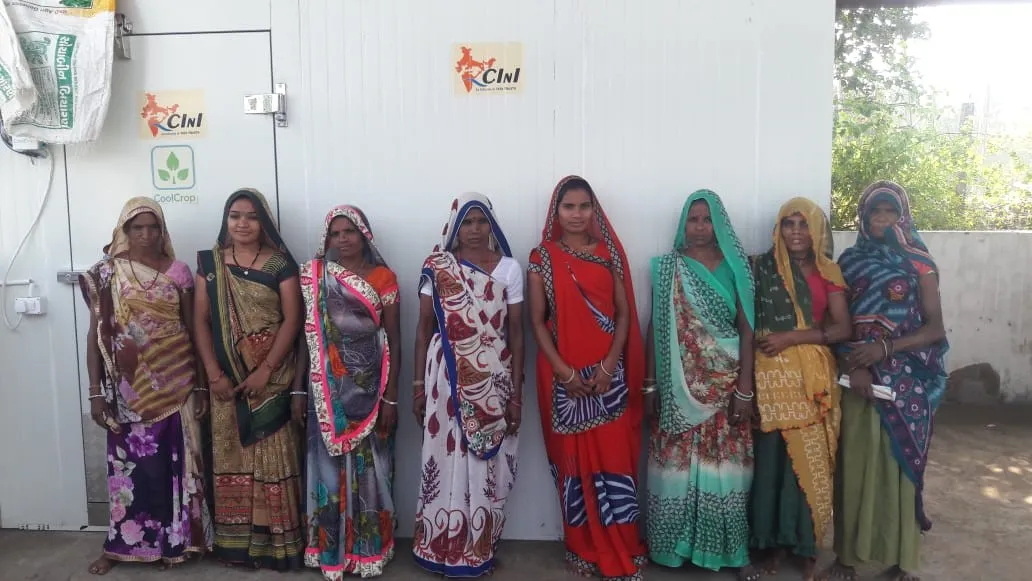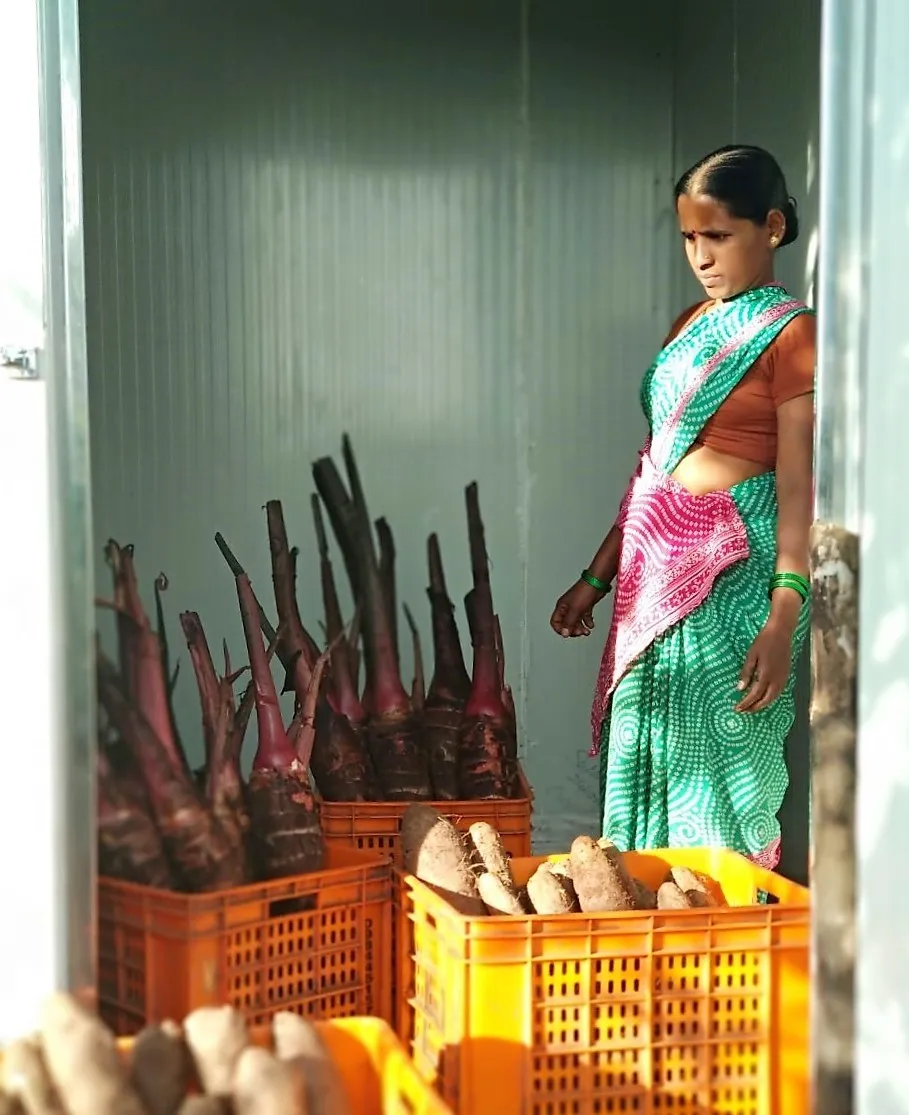How is Servitisation Helping to Drive the Energy Shift?
Immediate action to apply sustainable energy solutions across homes, businesses and industries is one of the most cost-effective ways to ensure long-term energy security and make meaningful progress towards the Sustainable Development Goals

By Simran Singh, Digital Communications Officer (BASE — Basel Agency for Sustainable Energy)
Global population growth and continuous economic development are driving increasing demand for energy. Worldwide, energy consumption is expected to almost double by the year 2050, meaning that the associated climate impacts could worsen.
Although energy-efficient technologies are becoming more available and have potential economic benefits, several barriers are affecting their deployment widely, including high up-front costs, perception of greater performance risks, and other investment priorities.
A servitisation business model could help overcome these barriers. It could also help accelerate investments in energy efficiency needed to deliver the Paris Agreement’s ambitious goals for creating low-carbon economies, and accelerate a green economic recovery post-COVID-19.
What Is Servitisation?
With a servitisation model, the customer pays a fixed fee per unit of service consumed, while the ownership of the system remains with the technology provider, who remains responsible for all operating costs. As such, the model strongly incentivises the service provider (and equipment owner) to think long-term when designing and selecting the technology. By offering state-of-the-art maintenance, the provider can minimise operating costs from energy use, which is the largest cost component over the life cycle of the equipment. Keeping ownership of the equipment also encourages service providers to rethink the development of modular systems, which is key for embracing a circular economy.
Accelerating the clean energy transition through servitisation
Nearly two-thirds of natural gas and electricity consumption globally comes from energy use across homes, businesses and industries. Immediate action to apply sustainable energy solutions in these settings is one of the most cost-effective ways to ensure long-term energy security and make meaningful progress towards the Sustainable Development Goals.
Servitisation could add some much-needed momentum to this cause by reducing barriers to the uptake of clean energy across the globe. Some of the world’s poorest people do not have access to reliable appliances and technologies, and as such end up with inefficient, second-hand, and expensive-to-operate systems. Despite the quickly declining costs of renewables, many individuals cannot afford the shift to clean sources.
The creation of service-based offerings allows clean energy technologies to be deployed at pace and scale, even in hard-to-reach areas, by breaking down market barriers such as high up-front costs, uncertain returns from promised energy savings and a lack of skills to maintain renewable energy systems. Instead of resorting to less efficient energy systems, end-users can access the best technology through a pay-per-use or subscription model for a fixed cost per unit (for instance, per kg of food or vaccines stored). Meanwhile, an increase in earnings and a loyal consumer base from servitisation cultivates a strong economic incentive for technology providers to help their customers adopt sustainable energy solutions.
Given remaining infrastructure gaps and emerging patterns of energy consumption in developing economies, servitisation presents an opportunity to move towards climate-friendly energy solutions. Such patterns of change could help foster greater demand for energy-efficient equipment, leading to higher production volumes, making the transition to clean energy more widely accessible.

Case study: solar-powered refrigeration in India
Agriculture remains the mainstay of the Indian economy, which produces 80% of agricultural items in the global market. Although India produces sufficient food to feed its population, staggering amounts of post-harvest loss cause hunger and malnutrition across the country. This wastage can be attributed to fragmented food systems, weak supply chains, and a lack of access to cold storage facilities. Just 6%of India’s produce moves through the cold chain compared with 60% in developed countries, causing nearly 40%of the food to perish before even reaching the consumers. While a transition to a modern means of grain storage is desirable, the substantial procurement costs ranging from USD 40–350 have been a major deterrent to the adoption of silos in India. Limited access to finance, uncertainty related to new technologies, and limited technical know-how of cooling systems and hygrothermal sensor data, limited expertise in post-harvest storage practices, and in some cases limited access to electricity can further amplify the problem.
In 2020, BASE started working with CoolCrop to provide off-grid solar-powered refrigeration through its Cooling as a Service (CaaS) initiative to farmers in India who otherwise do not have the means and resources to store their cold produce effectively. CoolCrop’s customisable, decentralised cooling centres use a solar-grid hybrid model that includes a control and monitoring board that provides at least 20% energy savings over conventional cooling modules. The equipment enables farmers to store and preserve their harvest at better prices, which can result in an income increase of 50%.
CoolCrop estimates that the farmers’ incomes could increase by at least 50% thanks to servitisation, as they would be able to preserve vegetables and fruit for longer periods, while post-harvest wastage could drop to below 5% (from over 25% previously). Moreover, the project also generates jobs as it employs at least two to three additional workers to operate and maintain the refrigeration units.
To encourage and help farmers leverage the benefits of the new cold storage systems, CoolCrop offers a mobile app that estimates the price of produce for a given geography and time. Using the data made available on the app, farmers could decide the optimum time to sell their produce. Building on this initiative, BASE and Empa launched the Your Virtual Cold Chain Assistant in 2021 to develop an image-based machine learning model to predict the initial quality and expected shelf life of stored fruits.

Since its inception, the project has collected data points on weather, agricultural food production, farmer census data from open-source databases, enabling providers of cooling as a service to better scope sites for the establishment of cold storage. This collection of data is then translated into digital twins, images that age in real-time with the actual crop, making it easier for smallholder farmers to interpret. The real-time images of the crop are based on the sensor data that is measured in the cold store or throughout the entire supply chain, thus allowing the farmers to determine the remaining shelf life of the food. Follow the project as it improves the provision of specialised knowledge, post-harvest care, and monitoring here.